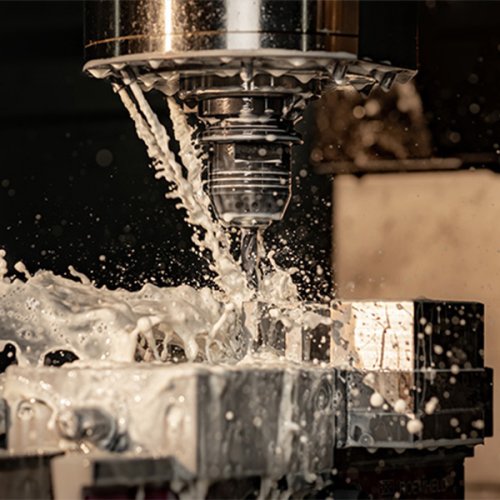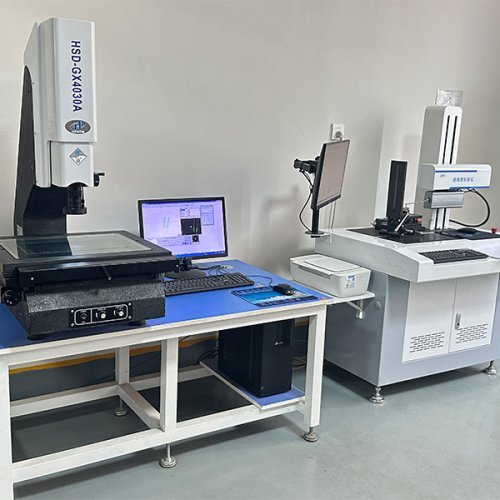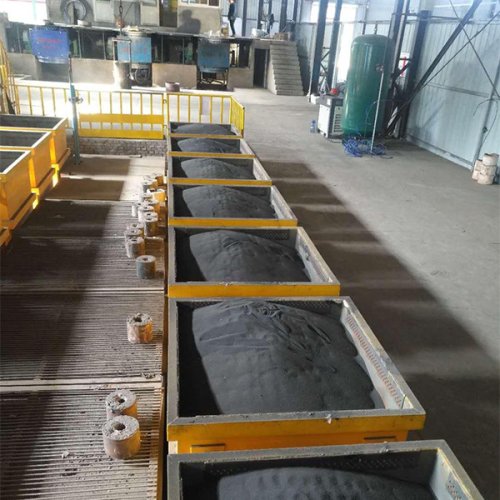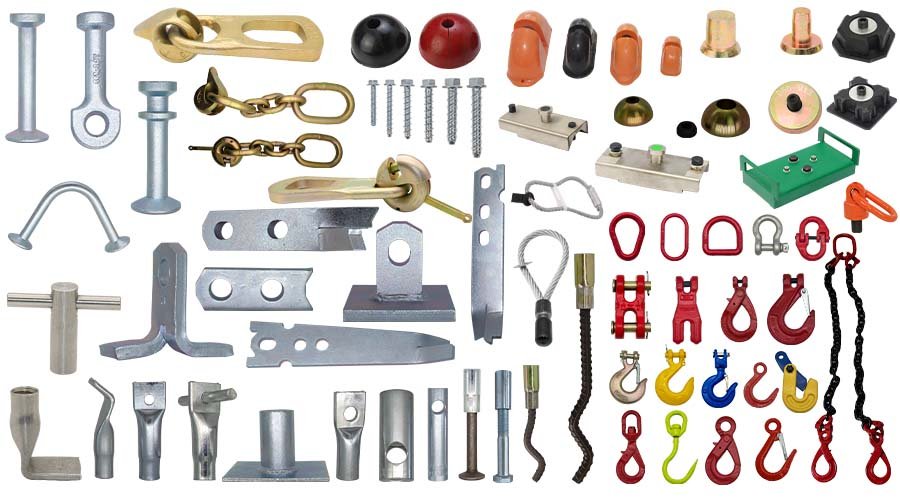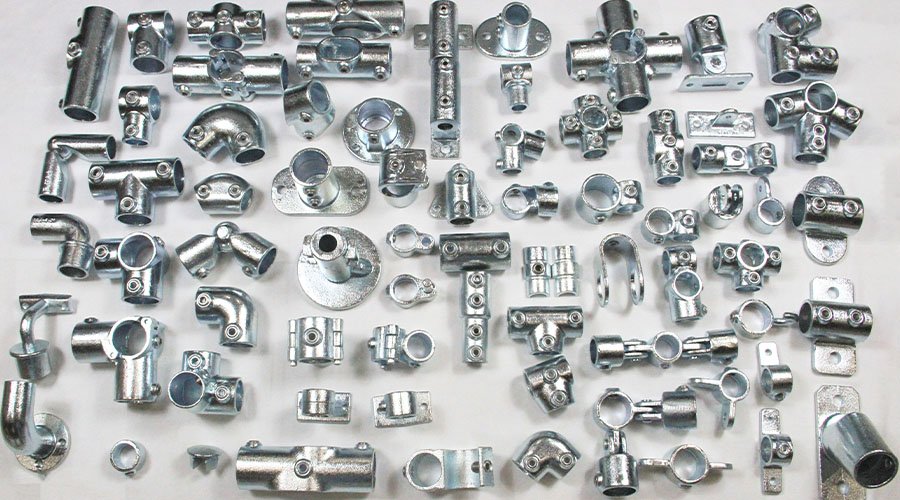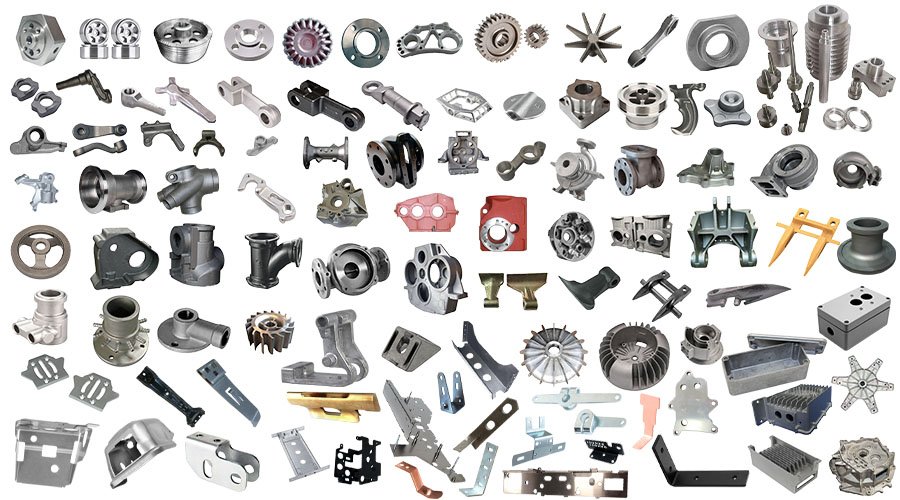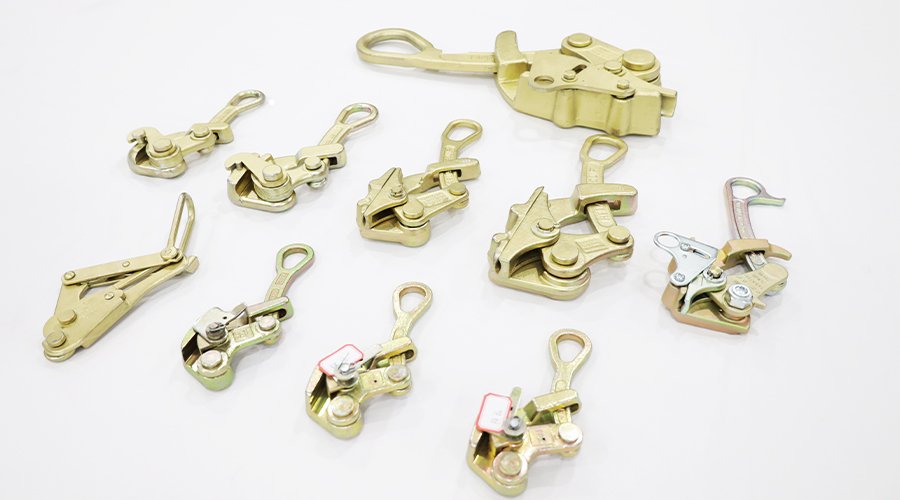Lost Foam Casting produces a variety of custom metal parts including engine blocks, pump housings, valve bodies, manifolds, and automotive components. Its capability to form complex shapes with minimal machining makes it ideal for parts requiring intricate details and excellent surface finish. This method suits industries demanding precision and lightweight components without sacrificing strength.

 EN
EN RU
RU

